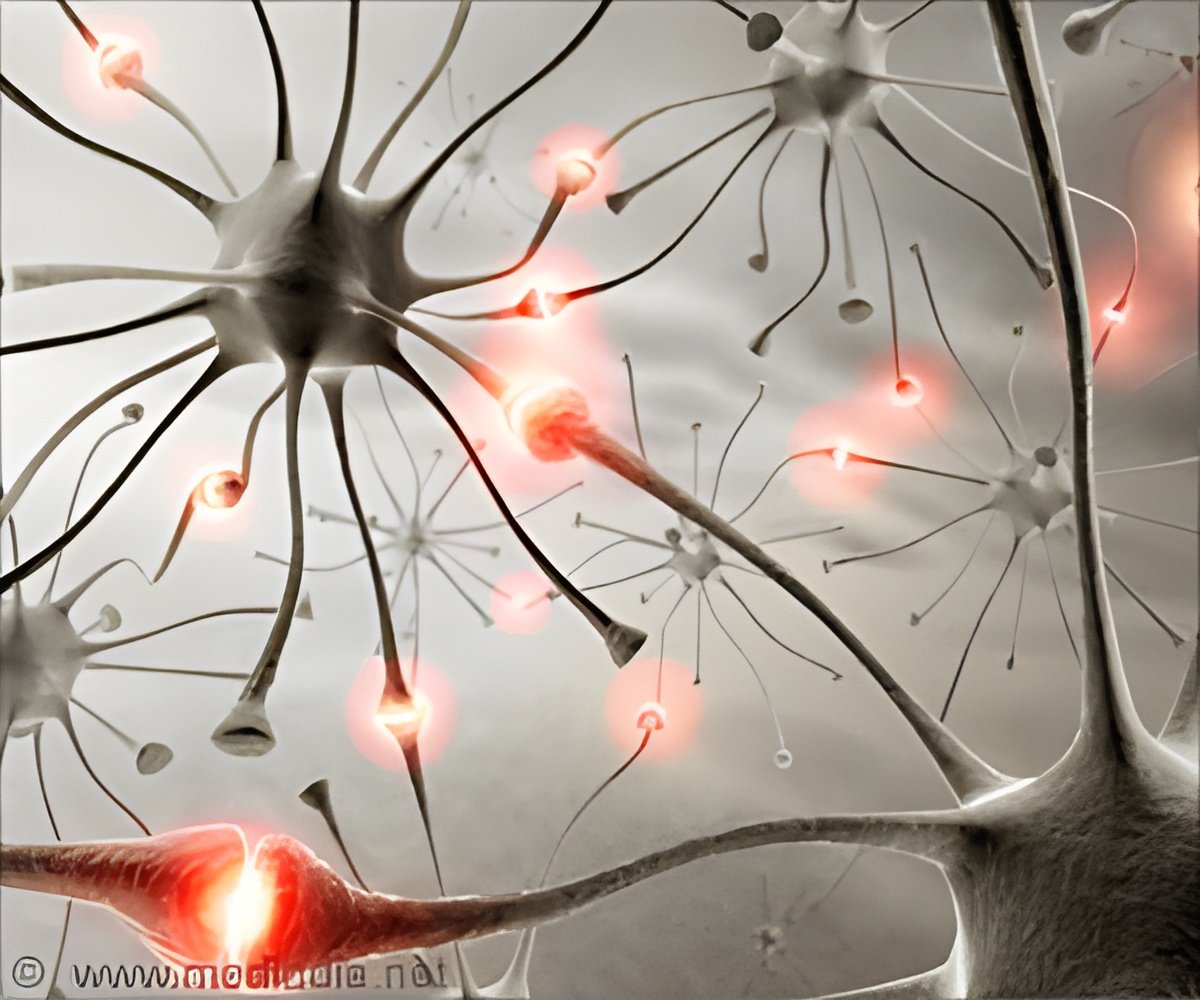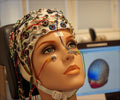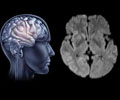Research is carried out on Ultrasound and Transcarnial magnetic stimulation as they are believed to have control over neurons.

Researchers at Stanford University are hard at work studying how transcranial magnetic stimulation (TMS) and ultrasound can make that happen.
TMS uses strong magnetic fields to stimulate regions of the brain, a technology that can use a good deal of research to narrow and focus the fields and to be able to activate regions deep within the brain.
TMS is used as a diagnostic tool to measure the connection between the brain and a muscle to evaluate damage from stroke, multiple sclerosis, amyotrophic lateral sclerosis, movement disorders, motor neuron disease and injuries and other disorders affecting the facial and other cranial nerves and the spinal cord.
During a TMS procedure, a magnetic field generator, or coil is placed near the head of the person receiving the treatment. The coil produces small electrical currents in the region of the brain just under the coil through electromagnetic induction. The coil is connected to a pulse generator, or stimulator, that delivers electrical current to the coil.
Ultrasound has relatively recently been shown to be able to perform similar tricks. The researchers are trying to activate retinal nerve cells in an attempt to help correct vision problems.
 MEDINDIA
MEDINDIA




 Email
Email










